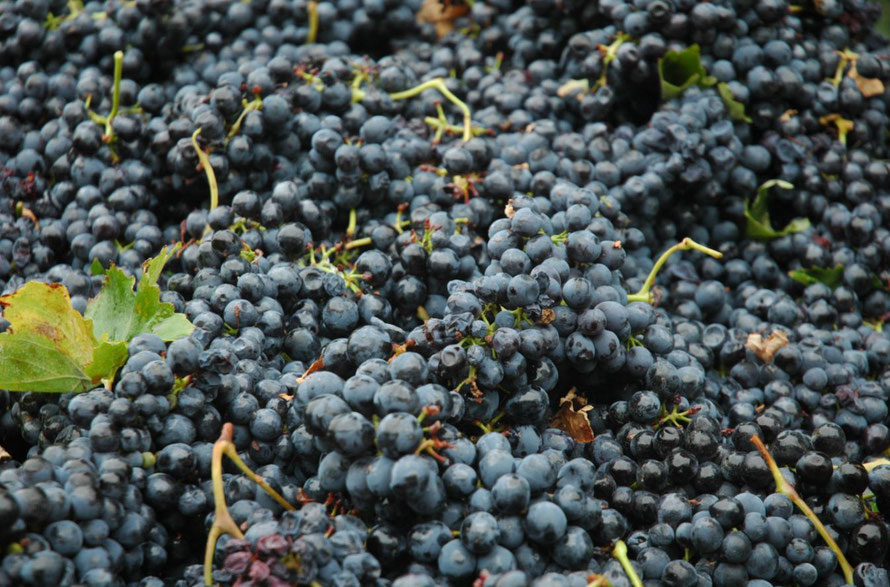Pinot Noir in Chile, Riesling in New Zealand: grapes migrate all over the world. The Italian blue grape barbera is also planted around the world, mainly thanks to Italian immigrants. Albeit in moderation. After all, barbera is and remains an Italian at heart, based in the culinary region of Piedmont. And don't blame him.
TEXT EVELIJN VAN HEUVEN
The north-western Italian region at the foot of the Alps is one big feast for foodies. Try dieting in Piedmont. Here you lunch with fresh pasta and truffles, dine on beastly Barolo's ánd it is the place where Barbera's take your taste experience to another level than elsewhere in the world. OK, barbera is a bit unlucky to have to compete with the nebbiolo grape there. In fact, both grapes like the same conditions, but the latter yields more money and thus gets assigned A-status vineyards. Ask a Piedmontese for his favourite wine? Then too, he is bound to say Barolo. If you look at the amount of red wine drunk, Barbera will still be on top. Logical, as it is more of an all-rounder and usually a lot more affordable.
Barberas of calibre
So Barbera lives a bit in the shadow of nebbiolo, but to put it in perspective, the latter is then also the grape that produces the so-called king's wines. These wines often get all the attention, while being anything but everybody's friends. Barbera, on the other hand, is much more accessible and fortunately the quality is often really good. If you go for first-rate, look for a wine from one of the two DOCGs: Barbera d'Asti or Barbera del Monferrato Superiore. We zoom in on these two for a moment. The Asti wines come - not very surprisingly - from vineyards around the city of Asti. Although the tasting table featured mainly 100 per cent barberas, the wines are allowed to contain 10 per cent other grapes. There is an 'Asti normal' and an 'Asti superiore' variant, the difference being that the former is allowed on the shelf earlier and does not require oak aging. The superiore, on the other hand, has to age in wood for at least six months, resulting in a slightly firmer character. For the real quality sleuth: the superiore has three subzones with even stricter rules: Nizza, Tinella and Colli Astiani. These zones are clearly indicated on the label. For the Monferrato Superiore, we stay in the same area, in the heart of the Piedmont. According to locals, this is said to be the birthplace of the grape. The wines here are made at least 85 per cent from barbera, possibly supplemented by other Italians, dolcetto, freisa and/or grignolino. Finally, not in the DOCG line-up, but definitely also highly prized and sought-after is Barbera d'Alba, with or without a superiore label. Not least because these are often also produced by top producers from the Barolo region. Asti and Alba Barberas are especially well represented on Dutch shelves.
Read the whole article in WINELIFE #64. You can order here.
Don't want to miss a single edition? Subscribe then subscribe to Winelife Magazine now!




